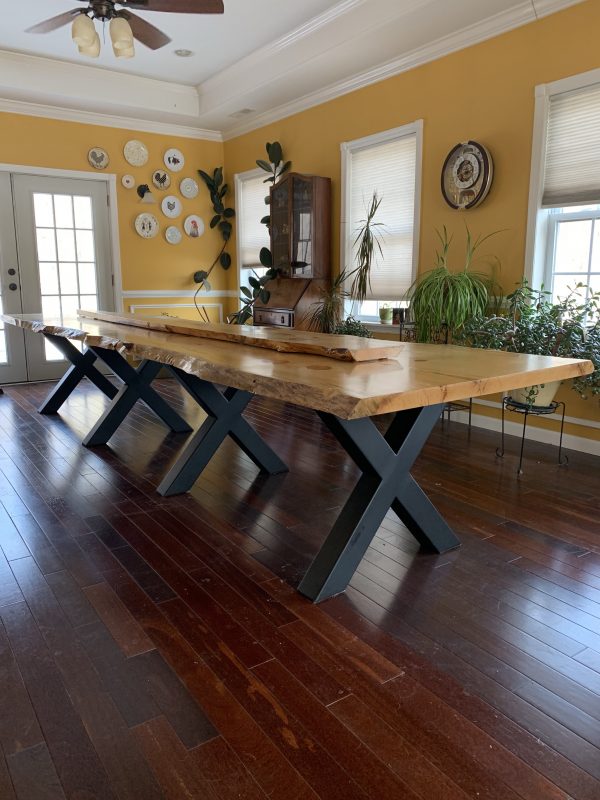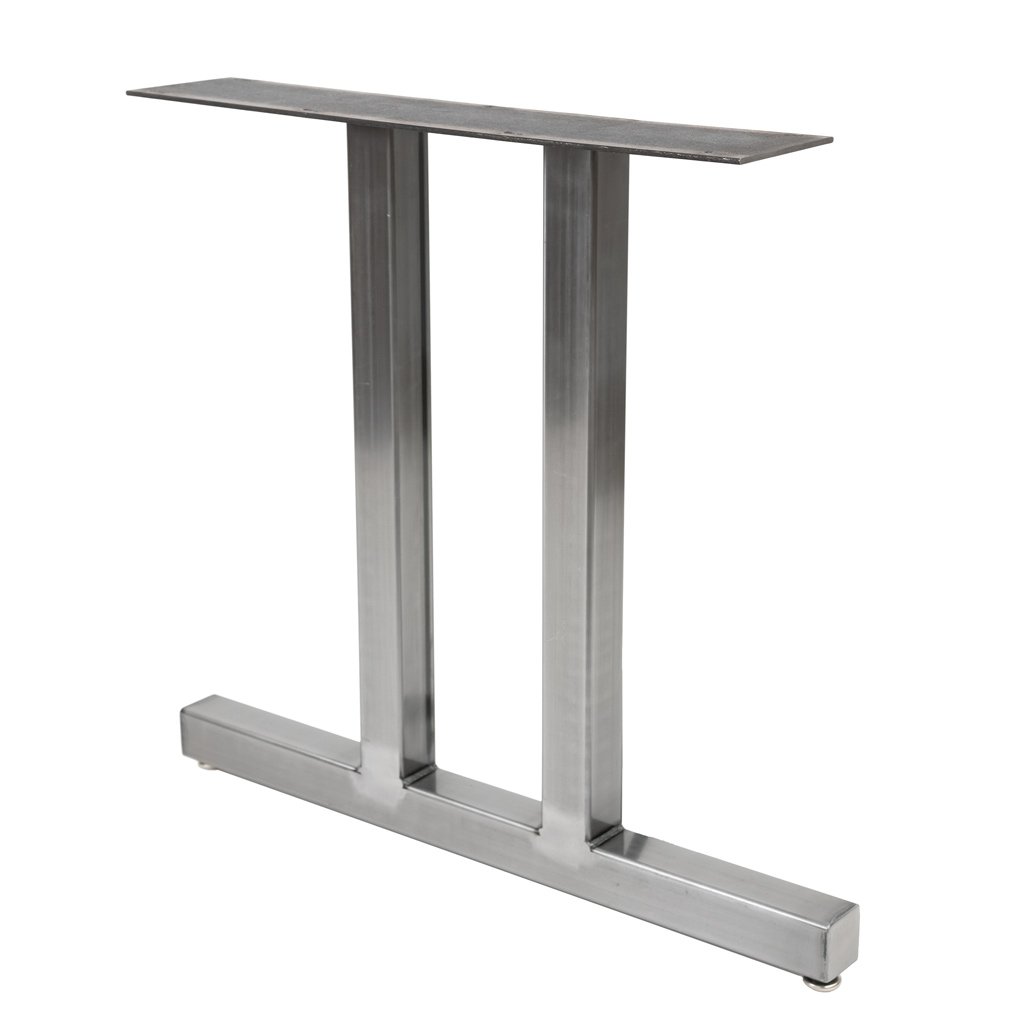Affordable and High-Quality Dining Room Table Legs for Every Budget
Affordable and High-Quality Dining Room Table Legs for Every Budget
Blog Article
From Traditional to Modern: Discover the Suitable Eating Space Table Legs for Your Design
While classic layouts such as cabriole and transformed legs stimulate a sense of ageless refinement, modern styles like hairpin and geometric options offer an opportunity for striking visual interest. As you think about these elements, the concern remains: exactly how can you flawlessly integrate these diverse leg styles to develop an unified dining experience?
Comprehending Table Leg Styles
The variety of dining room table leg styles can considerably affect both the looks and performance of the space. Each leg design adds distinct sensible attributes and visual aspects, satisfying varied layout preferences and usage demands. Recognizing these styles is essential for selecting the appropriate table that straightens with your total interior design vision.
For example, conical legs offer a clean, traditional look that can boost an area's beauty, while stand bases provide security and optimize legroom, making them excellent for smaller sized rooms. Hairpin legs, a hallmark of mid-century modern-day design, present a commercial panache, enabling a ventilated, open feeling. Trestle legs evoke rustic appeal, supplying durable assistance and a feeling of eternity.
Furthermore, the choice of products plays a considerable duty. Wooden legs can bring heat and structure, whereas steel choices frequently convey a streamlined, contemporary ambiance. Eventually, recognizing table leg styles is crucial for creating a cohesive eating area that mirrors individual style while guaranteeing usefulness and convenience. By attentively taking into consideration these aspects, you can boost both the aesthetic and useful charm of your dining space.
Typical Table Leg Options
When picking dining-room table legs, typical options typically embody ageless beauty and craftsmanship. These styles mirror a rich heritage and a commitment to high quality, making them suitable for those who appreciate traditional looks.
Among the most famous standard leg designs is the cabriole leg, defined by its graceful rounded form. This style commonly includes attractive makings and is most frequently located in Queen Anne and Chippendale furniture. One more preferred option is the transformed leg, which flaunts a series of smooth, rounded forms that offer a timeless appearance while keeping security.
Furthermore, the straight leg, while simple, offers a basic and durable structure that can blend seamlessly with a range of tabletop styles. For those attracted to ornate detailing, claw-and-ball feet legs stimulate a sense of magnificence and can function as a spectacular centerpiece in any kind of eating space.
Finally, pedestal bases, although not purely legs, supply a different traditional choice that enables ample legroom and can be beautifully carved. Each of these typical leg designs adds to the general ambiance of a dining area, weding function with aesthetic allure.

Modern Table Leg Designs
Modern table leg designs use a diverse variety of styles that emphasize clean lines and ingenious products. These styles usually prioritize performance while offering as striking centerpieces within an eating room. Minimalist aesthetics are prevalent, with legs crafted from products such as steel, glass, and engineered wood, which add to a contemporary and ventilated feel.
One popular design is the hairpin leg, characterized by its he has a good point slim, conical framework that gives stability without overwhelming the tabletop (dining room table legs). This style is frequently located in mid-century modern furnishings and can easily complement various table forms. Another trend is using geometric shapes, where legs may handle angular or asymmetrical kinds, including aesthetic passion and a touch of artistry

Blending Designs for Special Spaces
Commonly, home owners seek to create unique eating areas that show their personal style by mixing different layout elements. This method enables for the unification of diverse aesthetic appeals, resulting in an unified yet distinctive atmosphere. Pairing a rustic wooden table with smooth, modern steel legs can create an attractive comparison that raises the space's overall appeal.
Additionally, integrating vintage table legs with modern table tops can stimulate a sense of history while preserving a contemporary sensibility. Such mixes not just showcase individual preference yet additionally urge creative thinking, permitting house owners to curate an area that really feels both personal and welcoming.
Color plays an important duty in this blending procedure; choosing table legs that match or comparison with the existing color design can improve visual rate of interest. For instance, whitewashed legs can soften the boldness of a dark table surface, developing a well balanced visual.
Tips for Selecting the Right Legs
Picking the right table legs is important for accomplishing both capability and visual allure in your eating area. Begin by thinking about the total style of your space. Conventional settings benefit from legs that feature complex carvings or transformed designs, while modern rooms might ask for sleek, minimalist styles.
Following, evaluate the elevation and security of the legs. dining room table legs. Basic eating tables range in between 28 to 30 inches in elevation, so make certain the legs complement this measurement for convenience. In addition, robust materials, such as wood or metal, can enhance security and long life
Review the leg shape too-- alternatives include directly, tapered, or pedestal styles. Straight legs offer a classic look, while tapered legs can add a touch of beauty. Pedestal bases provide enough legroom and are visit site ideal for smaller sized rooms.
Conclusion
In summary, choosing the optimal eating area table legs calls for careful consideration of both contemporary and typical styles. By integrating leg design, elevation, and product with the general decoration, a natural and inviting ambience can be accomplished.
The range of eating area table leg designs can significantly influence both the visual appeals and capability of the space. Ultimately, understanding table leg styles is essential for developing a natural eating area that shows personal style while ensuring functionality and convenience.One of the most legendary typical leg designs is the cabriole leg, defined by its elegant rounded form. Straight legs use a traditional appearance, while conical legs can include a touch of elegance.In recap, selecting the ideal dining area table legs requires cautious consideration of both modern and typical designs.
Report this page